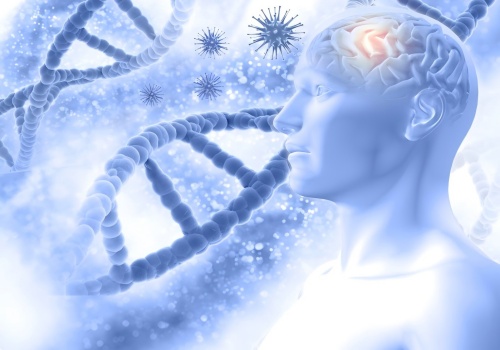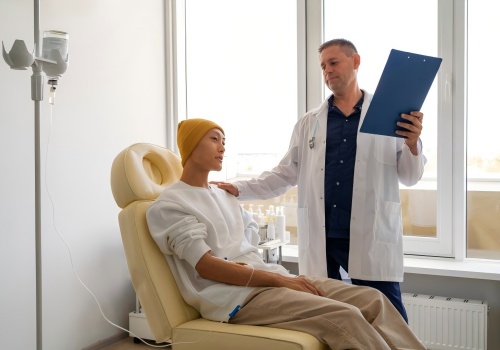Cannabigerol (CBG) (CAS 25654-31-3) is a non-psychoactive cannabinoid often referred to as the "mother cannabinoid" or "stem cell cannabinoid" because it serves as the direct biosynthetic precursor to other major cannabinoids like THC, CBD, and CBC in the cannabis plant. Though typically present in low concentrations in most cultivars, it exhibits a broad pharmacological profile, interacting with CB1, CB2, and other receptors, and is researched for its potential anti-inflammatory, antimicrobial, and neuroprotective properties. Its critical role in cannabinoid biosynthesis and its emerging therapeutic promise make it a high-value compound for both agricultural and pharmaceutical development.
Name :
CannabigerolCAS No. :
25654-31-3MF :
C₂₁H₃₂O₂MW :
316.48Purity :
98%Appearance :
White to off-white crystalline powderStorage Condition :
Sparingly soluble in ethanol and DMSO; insoluble in waterChemical Properties
Chemical Name:Cannabigerol
CAS Number: 25654-31-3
Synonyms:CBG
Molecular Formula: C₂₁H₃₂O₂
Molecular Weight: 316.48 g/mol
Appearance: White to off-white crystalline powder
Melting Point: 49–50°C
Boiling Point: 470.4 ± 40.0°C (predicted)
Density: 0.987 ± 0.06 g/cm³ (predicted)
Solubility: Sparingly soluble in ethanol and DMSO; insoluble in water
pKa: 9.71 ± 0.40 (predicted)
SMILES Notation: C1(O)=CC(CCCCC)=CC(O)=C1C/C=C(\C)/CC/C=C(\C)\C
InChI: InChI=1S/C21H32O2/c1-5-6-7-11-18-14-20(22)19(21(23)15-18)13-12-17(4)10-8-9-16(2)3/h9,12,14-15,22-23H,5-8,10-11,13H2,1-2H3
Biological and Pharmacological Roles
CBG is a non-psychoactive cannabinoid found in Cannabis sativaand Helichrysumspecies.
Key roles include:
Anti-Inflammatory: Reduces cytokine release (e.g., IL-1β, TNF-α) in UV-induced skin inflammation .
Neuroprotective: Improves motor deficits and protects neurons in Huntington’s and Alzheimer’s models .
Antimicrobial: Effective against Methicillin-resistant Staphylococcus aureus (MRSA), comparable to vancomycin .
Analgesic: Alleviates neuropathic pain in rodent models .
Anticancer: Inhibits colon cancer cell proliferation and enhances chemotherapy efficacy .
Glaucoma Relief: Reduces intraocular pressure by modulating cannabinoid receptors .
Mechanism of Action
Receptor Interaction: Partial agonist of CB₁/CB₂ receptors (Ki = 337/440 nM) and α₂-adrenoceptor agonist (EC₅₀ = 0.2 nM) .
Enzyme Modulation: Inhibits FAAH, enhancing anandamide signaling .
ROS Scavenging: Reduces oxidative stress in human dermal fibroblasts .
Medical Application




Synthesis and Prouction
Natural Extraction: Isolated from cannabis trichomes, but yields are <1% .
Yeast Biosynthesis: Engineered yeast strains produce CBG sustainably at scale .
Chemical Synthesis: Requires multi-step processes from cannabigerolic acid (CBGA) .
Commercial and Research Use
Topical Formulations: Serums and creams for anti-aging and acne (e.g., 0.1% CBG formulations) .
Clinical Trials: Phase I studies for psoriasis and neuropathic pain .
Supplements: Available as oils, capsules, and edibles for systemic effects .
FAQ
Leave A Message
Scan to Wechat/Whatsapp :

